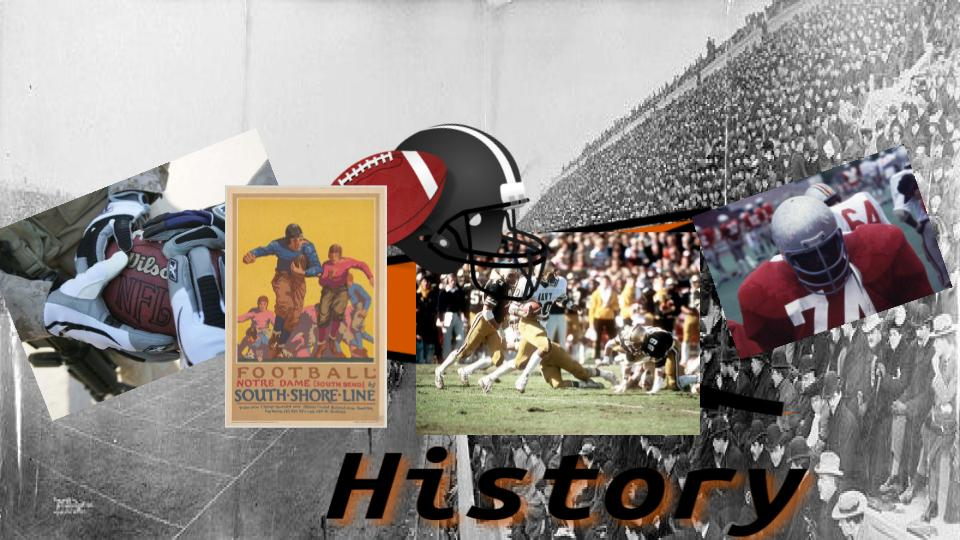Take a deep dive into the history and origins of the top gridiron teams and programs at the collegiate level. We celebrate the game of American football right from its roots. The concept started with youngsters of different schools competing against each other and the game at that level still thrives.
College football – a tapestry woven from roaring stadiums, electrifying plays, and passionate rivalries. But beyond the spectacle, lies the beating heart of the sport: the college football programs themselves. Each one, a unique ecosystem of tradition, strategy, and vibrant personalities, shaping the future of the game and inspiring generations of fans. In this series, we'll delve deep into these programs, exploring their storied histories, iconic figures, and the intricate dance of coaching philosophies and player development that shapes their triumphs and challenges. So, grab your jersey, settle in, and prepare to be swept away by the captivating world of college football programs, where legends are forged, dynasties built, and every Saturday becomes a battleground for gridiron glory!





